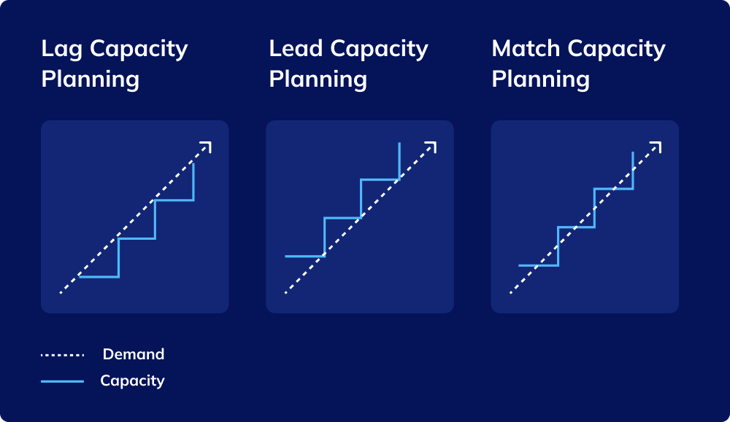This article first appeared here in Industry Update Manufacturing Magazine.
9/02/21. Jonathan Attia, Managing Director, Wiise.
The COVID-19 crisis has completely disrupted supply chain planning.
Businesses that usually plan based on forecasting are struggling to make sense of what the future may hold. Right now, there’s immense economic and logistical uncertainty.
So how can businesses prepare for the worst but deliver the best? In this unprecedented environment, what makes a supply chain resilient?
Improving operating models and gaining efficiencies
Many businesses are turning to technology for the answer. By using cloud ERP technology to automate processes and collect data, and using AI and machine learning to analyse it, it can be possible to detect new patterns, identify inefficiencies and generate key insights to help plan future strategy.
Using cloud-based technology ensures all systems and data can be available anywhere at any time. It also enables many of the new requirements imposed due to the pandemic, such as automated movement tracking and contactless delivery, as well as EDI (Electronic Data Interchange) where business information is transmitted using a standardised format.
Plus, by going paperless, there’s no real reliance on human-to-human interaction. So no longer does your warehouse manager need to give a clipboard to admin staff with all of the inventory items available. They can all work off their own devices – anywhere, all online.
The other avenue is around pivoting your business strategy – and fast. Supply chain businesses during COVID had strong vendor-to-vendor relationships (where they’d ship their items to large distributors or retail outlets).
But with people having to stay home to work, social distancing enforcements and the closing down of retail shopfronts, many of these supply chain businesses have had to re-think their business strategy, from a primarily vendor-to-vendor to direct-to-consumer. How do you build new business relationships in an environment where you can’t meet in person?
Leveraging eCommerce and digital marketing opens up a whole new audience for many of distribution and manufacturing businesses that need to get products off the shelf sooner. Being able to have an existing finance and operating system in place that allows you to easily adapt or integrate into other platforms is key. Cloud ERP is a direct enabler of this.
Utilising AI in cloud-based ERP to control costs
One of the biggest issues that supply chain businesses faced during COVID was controlling their cost of sale. Shipping fees went up with the restriction of air freight and tariffs were placed on international trade, which 76% of Australia’s supply chain is reliant on.
The cost of products and raw materials increased due to higher freight costs and availability. There were also delayed lead times from suppliers, both international and domestic, where borders were closed.
Businesses had to manually determine what their new cost of sale was going to be based on all of the hidden costs i.e. shipping, taxes and so on. There was an urgent need to keep track of all the changing costs across each shipment.
Technology, such as cloud-based ERP, can help control the cost of sale. If you have a large quantity of items that are going to be shipped out in a month’s time, with one button, you can click to update all your new shipping costs and taxes automatically, so you don’t have to do the hard work and can always ensure you’re profitable.
Using data to forecast in uncertain times
Data-driven insights are essential for supply chains. With data analytics to understand who your customers are and their buying behaviours, you can get a deeper understanding of changes in demand. It’s no wonder that 82% of global supply chain leaders plan to expand their cognitive analytics capabilities in the next two years.
The problem with the pandemic is that it has thrown a lot of data out of the window. Looking back on past periods to predict future trends no longer applies in the current landscape. Compounding this problem is that data is often siloed in disparate systems: finance, inventory and so on. By the time data is finally aggregated and used to generate a report, it’s historic and outdated.
Businesses need to move away from longer-term forecasting based on older data, carried out annually, and move instead to business planning based on real-time data, with strategies continually updated. This means having a system where each division talks to each other, showing a direct correlation between warehousing, inventory, finances, locations and so on. This is key for making informed decisions quickly. For example, if a company has clear visibility as to how much stock they have left across their warehouses, locations etc, they may be able to consolidate premises and reduce rental cost.
Preparing for rapid upscaling/downscaling of operations
Markets aren't acting normally at the moment. Businesses may need to rapidly adapt or pivot, such as shortening the supply chain to make it more responsive, switching to online sales, or rapidly scale up or down. This is very hard to do, and costly in terms of labour, if processes are still manual. A supply chain might need two full time admin heads solely focused on re-keying information from one system to another.
This is easily solvable through automation. Automation makes things much easier for supply chain partners and customers, providing the transparency consistency that’s increasingly expected. It also frees up employees to invest their time in higher value tasks, such as analysing financial and operational data and generating insights. Food manufacturer Pro Seafoods was weighed down with increasing manual administration as customer numbers grew. By deploying cloud-based ERP to automate tasks and streamline processes, the company cut admin hours by 75% as its customer base grew 400%.
Subscription-based solutions also offer flexibility. A business using SaaS cloud ERP, with month-by-month options, can easily remove surplus users if they need to downscale.
The new normal is going to be characterised by a lot of uncertainty. We don't know what demand is going to look like in three months or six months. There has to be agility around ordering and there has to be agility around supply chains generally.
Survival of supply chain businesses is no longer just about improving performance and efficiency. Success comes from the right combination of improving resilience, being adaptable, and getting good visibility of how businesses, customers and markets are changing.
Jonathan Attia,
Managing Director, Wiise.
This article first appeared here in Industry Update Manufacturing Magazine.


